Growing peppers in open ground, basic conditions and caring for them
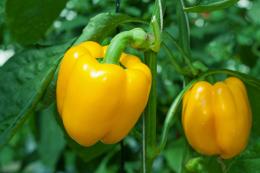
Many people fell in love with the tasty and aromatic pepper. It is used for salads, other dishes, canning, etc. Experienced gardeners have noticed that if proper cultivation of pepper is observed in open ground, you can reap a good harvest even in harsh conditions. What rules should you follow?
Content:
Growing conditions
Before planting, it is important to properly prepare the soil. Pepper develops well in areas that are protected from strong winds and drafts. In addition, this culture loves sunny places. If the area is not protected from the winds, then you can construct rocker protection. For this purpose, fences are built or planted there are other plants nearby.
To get a good harvest, you need to take into account what crop was grown before. You should not plant peppers immediately after:
- Tomatoes
- Potatoes
- Eggplants and other nightshade crops
Diseases of previous plants can easily spread to seedlings through the soil. Pepper can be planted after the following plants:
- Ogurtsov
- Pumpkins
- Kabachkov
- Cabbage
- Legumes
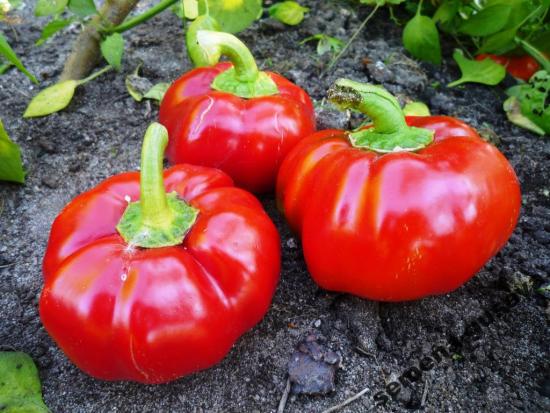
Fertile soil that can hold moisture well is suitable. It is necessary to prepare the place for planting in the autumn. To do this, parts of other plants are completely removed and the earth is dug.It is not recommended to plant peppers if the soil has recently been enriched with manure, as a large amount of nitrogen will negatively affect future ovaries. In the spring, the soil is loosened and fertilizer is added.
Landing rules
In order to reap a rich harvest in the future, planting is carried out according to certain rules. Peppers are planted in open ground in late spring. During this period it is already warm, and frosts do not appear. Before planting begins, the seedlings are watered, this will allow the plant to quickly take root in a new place and accelerate growth.
If the weather is hot outside, then planting takes place in the afternoon. During the night, the seedlings will get stronger. If it is cloudy, then you can plant the plant in the morning. Initially, wells are prepared, which are carefully watered water. Each well will require about 1-2 liters of liquid.
Experienced gardeners advise preheating the water under the sun's rays. Seedlings must be carefully removed from boxes or pots. Each plant is placed vertically. It should be deepened a little more compared to how it was placed in the previous container. This will improve nutrition for young peppers.
Plant care
After planting, the plant needs some care. Experienced gardeners advise watering seedlings with water that has previously been settled. Its temperature is 24-26 degrees. It is recommended to adhere to the following watering scheme:
- Before flowering begins, water the peppers once a week.
- If the weather is hot, then watering is doubled.
- When the plant has bloomed and bears fruit, then it is watered 2-3 times a week
The rhizome of peppers is located superficially, for this reason it is necessary to loosen the soil carefully, going no more than 5 cm into the soil. At the same time, it is worth hilling up the seedlings and removing weeds. To keep the soil moist longer and not dry out, it is necessary to mulch. This will reduce the number weed.
Do not forget that pepper loves heat, so it is necessary to mulch the soil when it warms up. Pepper has quite brittle shoots. For this reason, it is necessary to tie them to a support.
To do this, pegs are deepened into the ground. Tall plants are planted around the crop to protect the peppers from windy weather, which negatively affects their growth and development. It is recommended to carry out additional pollination of inflorescences. This procedure is done in dry weather when there is no wind. To do this, lightly shake the trellises on which the peppers are held during the flowering period.
Common problems when growing
Growing peppers does not always go smoothly. Gardeners often face a variety of problems. Each of them indicates errors in care for plants.
If foliage, inflorescences, ovaries fall off, or the stem hardens, this may indicate that the air temperature has risen too much and the plant lacks moisture. In some cases, this occurs due to a lack of light. Sometimes growth may slow down or stop altogether, the plant stops blooming and does not form an ovary. This happens when the air temperature is too cold, or the owners pour ice water on it. A lack of light can also trigger this reaction.
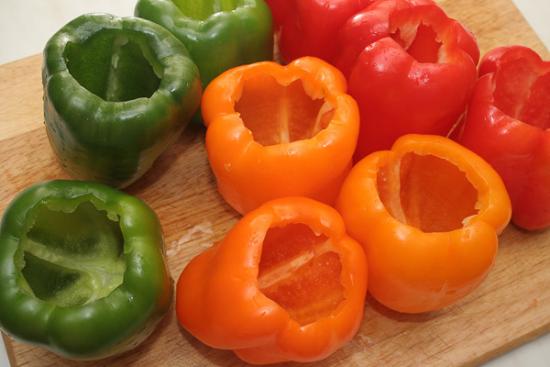
If crooked fruits begin to form, this indicates that there is insufficient pollination of the flowers.For this reason, it is recommended to carry out this additional procedure yourself. In addition, experienced gardeners advise adhering to the following rules:
- You should not plant sweet and bitter peppers next to each other. If they grow nearby, they are able to cross-pollinate. The bell pepper will eventually taste bitter.
- It is not recommended to apply manure before planting, as stems and foliage will begin to actively grow, which will impair the development of fruits.
- It is better to plant basil, onions, and coriander near the peppers. Some of them will protect against aphids.
- You should not plant beans near seedlings. This is due to the fact that they have a common disease - anthracnose.
Diseases and pests
Peppers suffer from the same diseases as all vegetables in the nightshade family. Namely:
- Tobacco mosaic
- Rotten
- Powdery mildew and other diseases
These problems are caused by fungi, viral microorganisms and bacteria.
Peppers especially often suffer from blackleg disease. It can appear even on seedlings and destroy everything seedlings. To get rid of it, it is worth reviewing the temperature and air humidity. In addition, you should be wary of mites, slugs and aphids. So, growing peppers is not difficult. The main thing is to take into account all the rules of care.
Video about planting sweet peppers:

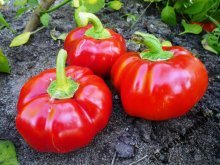

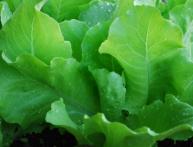
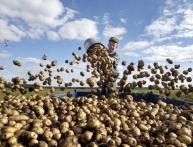
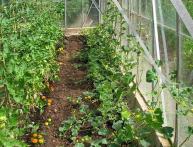
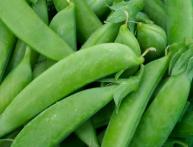
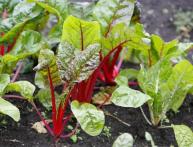
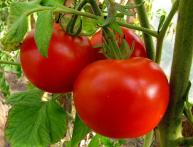
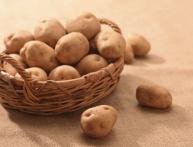
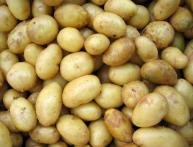
Comments
Pepper takes pride of place in our garden. There was no such thing that we did not plant him. We love to eat it, so we freeze it, cover it, cook it, and fry it. We plant peppers of different varieties and they are always tasty.